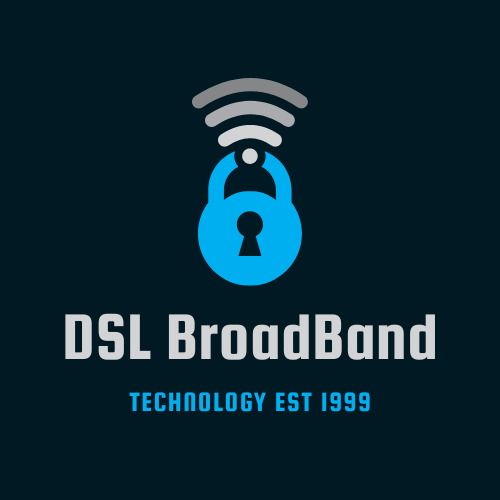In today’s digital age, a reliable internet connection is no longer a luxury but a necessity. Recognizing this, many governments around the world have taken steps to ensure that their citizens have access to affordable broadband internet. In this blog post, we will delve into the requirements to avail of cheaper internet through government programs. Whether you’re a student, a remote worker, or someone who simply wants to stay connected, these programs can be a game-changer. Let’s explore the key factors that can help you unlock affordable internet access.
- Income Eligibility and Documentation: Government programs that offer cheaper internet often target individuals or families with low to moderate income levels. To qualify, you may need to provide documentation such as tax returns, pay stubs, or proof of enrollment in income-based assistance programs. These documents help verify your eligibility for the program. Make sure to have your financial information up-to-date and ready to provide when applying.
- Lifeline Assistance Program: One of the most well-known initiatives is the Lifeline Assistance Program. This program provides a monthly discount on your broadband service for eligible low-income households. The specifics of the program vary by country, but generally, it offers a substantial reduction in your internet bill. To apply, you’ll need to provide proof of income or participation in qualifying government assistance programs.
- Residential Eligibility: Government programs often have specific geographical restrictions. Some programs are designed to cater to rural areas where internet access might be limited. Before applying, ensure that your residential address falls within the coverage area of the program. This information is typically available on the program’s official website.
- Qualifying Internet Service Providers (ISPs): Not all ISPs participate in government-subsidized Internet programs. It’s important to research and identify the ISPs that are part of the initiative. These ISPs offer discounted plans specifically for program participants. Compare the plans offered by different ISPs to find one that suits your needs and budget.
- Application Process: Applying for a government-subsidized internet program usually involves filling out an application form. Some programs offer online applications, while others might require you to submit physical forms. Be prepared to provide all necessary documentation along with your application. The approval process may take some time, so it’s advisable to apply well in advance.
- Proof of Need: In some cases, you might be required to demonstrate the necessity of having an affordable internet connection. This could involve explaining how internet access is essential for your work, education, or communication needs. Prepare a compelling statement that outlines why you require the subsidized internet service.
- Renewal and Recertification: Government programs often require participants to renew their eligibility periodically. This might involve providing updated income information or revalidating your need for the service. Make sure to keep track of renewal dates and complete the necessary paperwork on time to continue receiving the discounted internet service.
Access to the Internet is no longer a luxury; it’s a fundamental tool for personal, educational, and professional growth. Government programs that offer cheaper internet aim to bridge the digital divide and make connectivity accessible to everyone. By understanding the requirements and steps involved, you can navigate the application process with confidence. From income eligibility to choosing the right ISP, each factor plays a crucial role in unlocking the benefits of affordable internet. Stay connected, informed, and empowered through these valuable initiatives.

